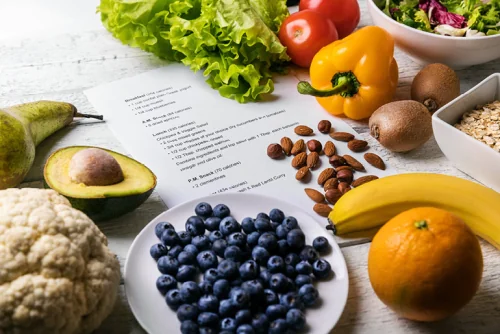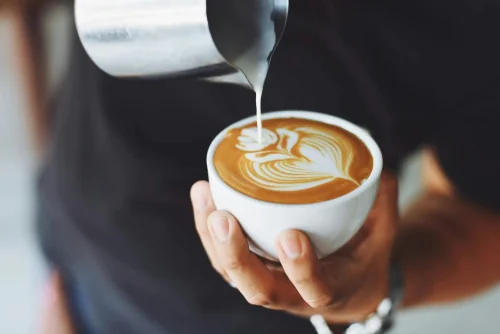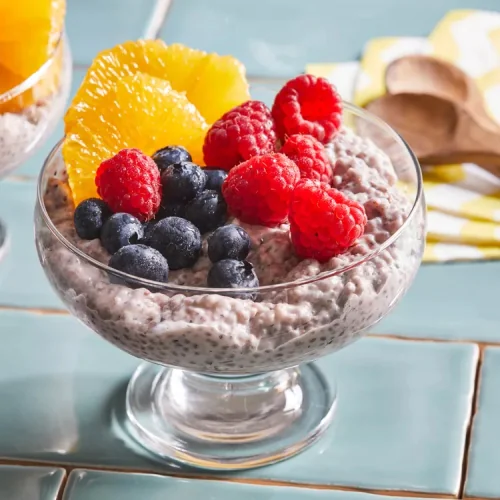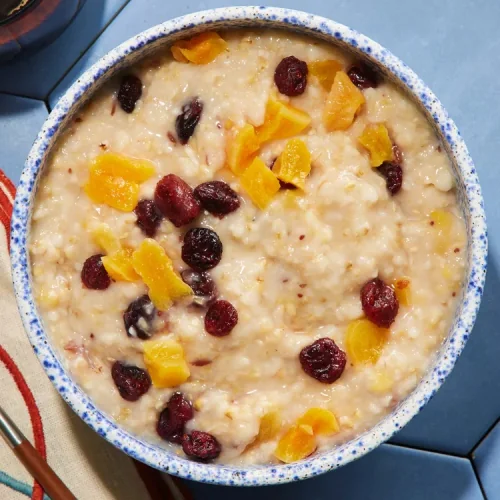What to eat while taking Ozempic for weight loss
Discover which foods help support weight loss and reduce side effects while taking Ozempic. Learn balanced meal strategies, protein-rich choices, fiber-friendly options, hydration tips, and sample menus that work with GLP-1 therapy.

Why Food Choice Matters with Ozempic
Ozempic works by mimicking the GLP-1 hormone, delaying gastric emptying, reducing appetite, and helping regulate blood sugar. While effective for weight loss, these mechanisms mean that your stomach is more sensitive. Rich, greasy, spicy, or overly fibrous foods can lead to nausea, bloating, or discomfort. By choosing soft, easily digestible, balanced foods in smaller portions, you can align your nutrition with the effects of Ozempic.
General Principles to Follow
-
Prioritize protein
Maintaining lean muscle while losing weight is crucial. Include a moderate amount of high-quality protein at every meal.-
Examples: skinless chicken breast, turkey, white fish, lean tofu, egg whites
-
Protein helps you feel satiated and supports metabolic health.
-
-
Include gentle fiber sources
Fiber is key for gut health and satiety, but too much insoluble fiber may cause gas or irritation.-
Opt for cooked or soft vegetables (zucchini, spinach, zucchini, peeled cucumber)
-
Use soluble fiber (oats, chia seeds soaked, ground flax)
-
Gradually increase fiber — don’t suddenly overload your system.
-
-
Use low-glycemic, easily digestible carbohydrates
Avoid refined sugars and high glycemic carbs.-
Examples: quinoa, brown rice (in small portion), soft oatmeal, sweet potato (boiled)
-
Crackers or toast (plain) are fine for snacks when needed.
-
-
Choose healthy fats in small amounts
Fat slows digestion, so keep portions modest.-
Avocado (a few slices)
-
Olive oil, flaxseed oil (drizzled)
-
Nut butters (thin spread) if well tolerated
-
-
Eat in smaller, frequent meals
4–6 mini-meals or snacks are generally easier to handle than 2–3 large meals. -
Hydrate wisely
Drink water or herbal tea between meals — avoid gulping large amounts during meals.
If you enjoy flavored beverages, dilute them to reduce sugar and acidity. -
Avoid potential irritants
Spicy foods, fried or greasy items, highly sweetened foods, carbonated drinks, and alcohol are more likely to trigger GI discomfort.
Sample Daily Menu
Here’s a sample daily plan to guide your food choices while on Ozempic:
| Meal | Suggested Foods |
|---|---|
| Breakfast | Soft oatmeal with chia seeds + a few berries + a scoop of protein powder |
| Morning Snack | Cottage cheese or Greek yogurt (low-fat) |
| Lunch | Poached chicken breast + steamed zucchini + a bit of quinoa |
| Afternoon Snack | Sliced apple (peeled) or banana + thin nut butter |
| Dinner | Baked white fish + steamed spinach + small sweet potato |
| Evening (if needed) | Ginger tea or plain broth (to soothe and hydrate) |
You may adjust portions slightly downward if you feel full early.
Tips to Reduce Nausea or Discomfort
-
Move slowly when eating — take small bites, chew thoroughly
-
Let food cool slightly — extremely hot meals can be harder on your stomach
-
Listen to fullness cues — stop before you feel overly full
-
Consider ginger tea or lightly salted crackers if you feel mild nausea
-
Space meals out so your stomach can fully empty — avoid back-to-back meals
-
If nausea is severe or persistent, check with your healthcare provider — sometimes dose adjustments or timing changes help
Common Mistakes to Avoid
-
Skipping protein — relying only on carbs or liquids
-
Overeating — large plates overwhelm digestion
-
Consuming heavy fats or fried foods
-
Sudden increases in fiber (beans, broccoli, raw veggies)
-
Drinking too much water with meals
-
Disregarding food sensitivities — monitor how different foods affect you personally
Conclusion
Choosing the right foods while taking Ozempic is key to weight-loss success and comfort. Lean proteins, gentle fiber, controlled carbs, small amounts of healthy fat, and modest meal frequency form the foundation. Pair that with hydration and avoiding harsh or rich foods, and you’ll support your weight-loss journey without unnecessary discomfort. Always monitor how your body reacts, and consult your healthcare provider if you face persistent issues.
Share
What's Your Reaction?
 Like
0
Like
0
 Dislike
0
Dislike
0
 Love
0
Love
0
 Funny
0
Funny
0
 Angry
0
Angry
0
 Sad
0
Sad
0
 Wow
0
Wow
0












